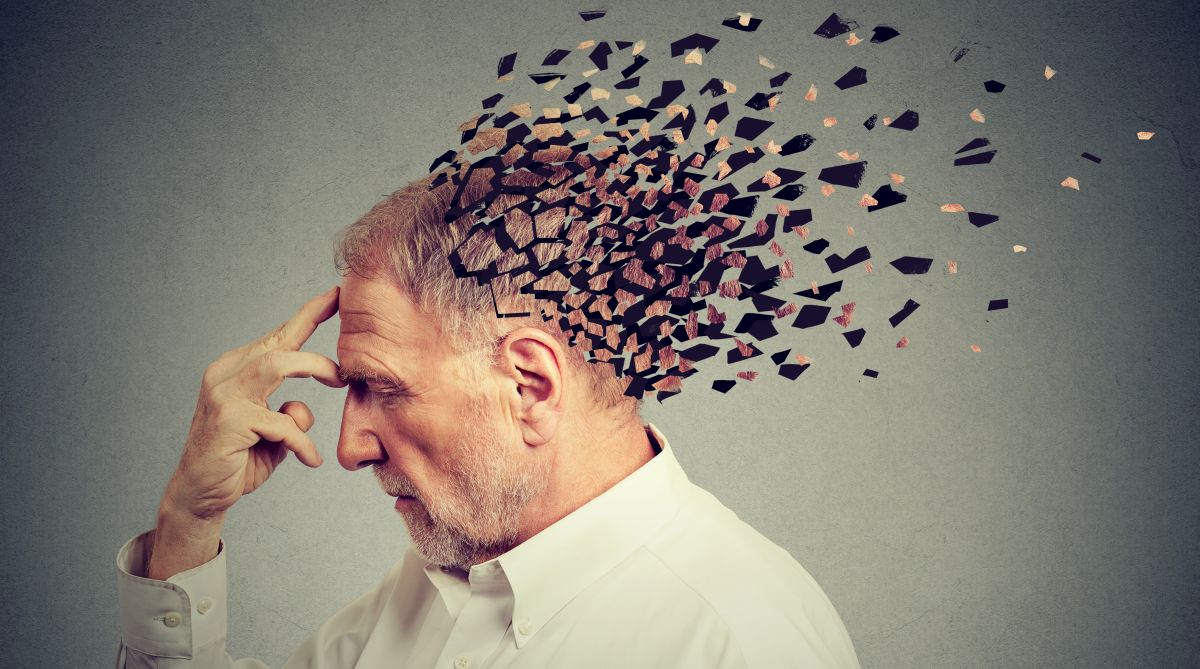Is the internet rewriting our minds? Technology reshaping the way we remember
How much are we relying on technology to do our remembering for us?

(Photo credits: Getty image)
The key to understanding the working memory relies not only on what one is storing in memory but also why, say a group of researchers.
According to the study published in the journal Current Biology, this is the “working” part of working memory, which emphasises the purpose of storing something in the first place.
Advertisement
“We now know that our visual memories are not simply what one has just seen, but, instead, are the result of the neural codes dynamically evolving to incorporate how you intend to use that information in the future,” says senior author Clayton Curtis, a professor of psychology and neural science at New York University (NYU).
Advertisement
The study focused on both how people store the visual properties of their memories in the occipital lobe, where their visual system resides, and on how the neural codes that store those memories change over time as they begin to prepare a response that depends on the memory.
In the study, the response simply required people to look where they remembered an object that disappeared several seconds ago. “The research makes it clear that memory codes can simultaneously contain information about what we remember seeing and about the future behaviour that depends on those visual memories,” noted Hsin-Hung Li, an NYU postdoctoral researcher and the paper’s lead author.
“This means the neural dynamics driving our working memory result from reformatting memories into forms that are closer to later behaviours that rely on visual memories,” he added.
Moreover, the study mentioned that the textbook theories state that the storage codes for people’s working memory are stable over time, meaning that the pattern of neural activity that stores a given visual memory is the same as when it was first seen and encoded — whether it is a second later or 10 seconds later. These patterns of neural activity store visual memories, bridging the gap between a previous stimulus and a future memory-guided response.
Recent animal studies, however, showed that these neural patterns are much more dynamic– in fact, the memory codes are not stable and appear to change in perplexing ways over time.
Advertisement